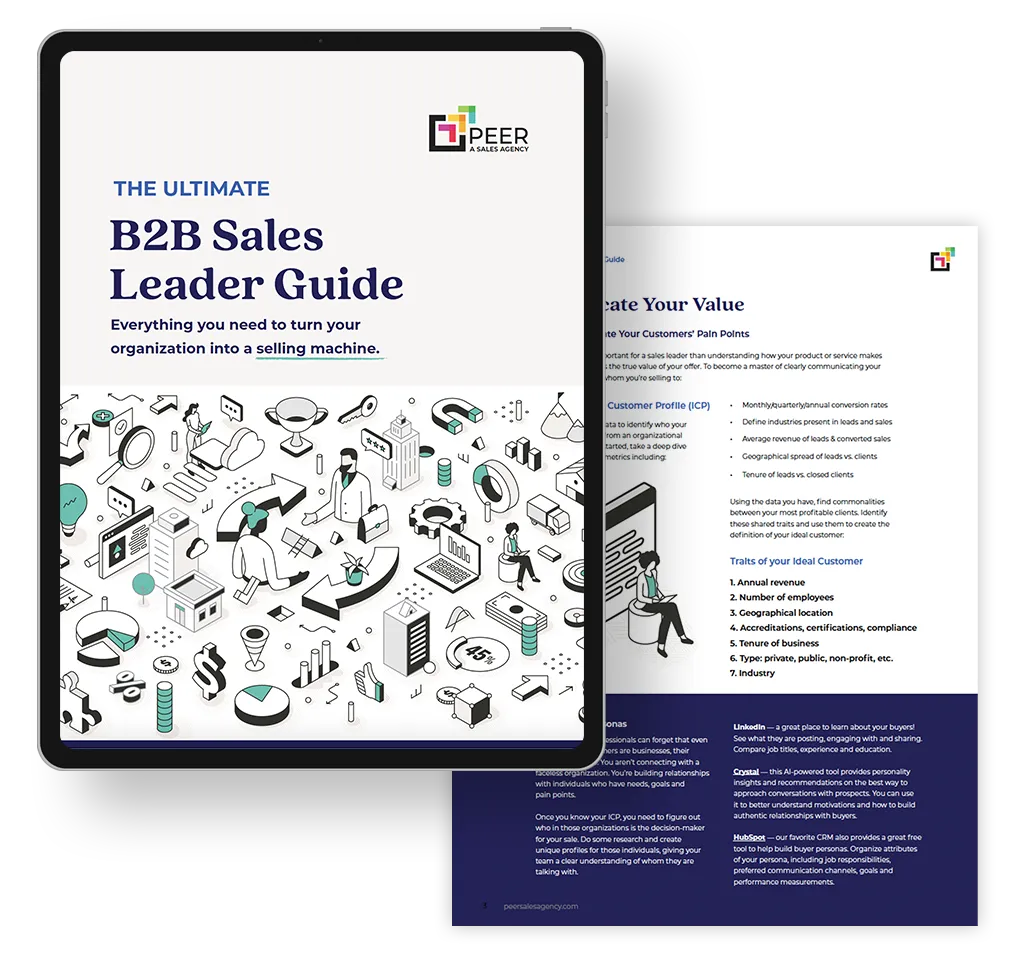What actually is SEO?
SEO stands for search engine optimization and means getting your website in its finest form to increase and improve your search result rankings, generate more organic traffic, and increase your website conversions, and ultimately sales.
Why is SEO important and does SEO increase sales?
Since you’re reading this article, chances are that you already know that SEO should be a key factor in your digital marketing strategy. Here are the reasons WHY it’s critical and how it helps support product or services sales in your organization.
- Increase organic website traffic
Organic website traffic is highly valuable because it’s free. Yes, it may require an investment of resources to improve your SEO, but the ROI should more than pay for itself in increased organic traffic, decreased ad spend, and increased conversions and sales. - Decrease paid ad spend
When you’re generating more free organic traffic, you’re then able to decrease your paid ad spend and still get the same results. It’s a win-win. - Increase the effectiveness of paid ad spend
Improved site optimization allows you to run ads more effectively and see greater results from the ad campaigns you are running. - Increase conversions by bringing the right people to your site
More traffic doesn’t matter if it’s bringing the wrong people your way. In addition to increased traffic, it needs to be the right traffic. When your website is optimized for your specific target audience of potential customers, you should start to see an increase in the ideal users that are coming to your site, they stay to learn more, and ultimately, they convert.

Is SEO something you should focus on right now?
If you’re experiencing any of the problems below, now is the time to take a look at improving your website’s search engine optimization.
- Your website’s organic traffic is falling
This is a metric you can easily observe in Google Analytics. In your Google Analytics dashboard, simply search ‘organic search.’ Change your timeframe to at least 6 months so you can get a better sense of the larger trend. You’ll likely see spikes, but overall we’re hoping to see an upward trend over time. - Your keyword rankings are dropping
If you’re not using a keyword ranking tool, do a quick Google search of a keyword or keyword phrase you know your audience is searching for. Where do you land? Is there room for improvement? - You’re not attracting the right people to your website
If your website isn’t bringing in the right audience, your SEO may not be optimized for your target audience. There may also be other factors at play here, but SEO is part of the equation. - Your bounce rate is high (see above )
A metric to help identify the above is a high bounce rate. If your bounce rate is high, it means that people saw your listing on a search engine results page, went to your site, and then decided that the result is really not what they were looking for. To find your bounce rate, go to Google Analytics and search ‘bounce rate’. Then, extend the report timeframe to at least 6 months to see a trend over time.
“A bounce rate between 26 and 40 percent is excellent, while the average is 45 percent.”
– NeilPatel.com

Why is an SEO audit important?
Website SEO is an incredibly deep and complex topic. We’re just scratching the surface with this audit to help you determine if there are critical issues with your SEO that could be costing you conversions and sales.
- Is your site secure?
If your site has an SSL certificate installed, you should see a green lock icon in the web address bar. If not, you either need to install an SSL certificate or determine the source of mixed content. Why No Padlock can help you do that. - Is your site mobile-friendly?
How does it look on your phone? On a tablet?
“Nearly 60% of Google searches are done on mobile.” - Do all pages have keyword-optimized meta titles and meta descriptions?
An easy way to check this is to see how each of your website pages appears in Google search results. That’s where you can see your page titles and descriptions. - Do all images have alt tags?
Not only is this important for SEO, but it’s crucial for screen-readers and making your website accessible for the visually impaired. Alt tags can be added via the backend of your website. - Does your site use appropriate heading tags in the correct places?
H1-H6 tags should be used in a hierarchical manner to organize content. - Does your site load fast?
There are several site speed test tools available, like Google’s free tool, and PageSpeed Insights. - Does your site feature quality content?
Google wants to serve up quality results to searchers, so having quality content that actually answers people’s questions is really important. Consider doing a content gap analysis to find content opportunities for your website. - Are there broken page links?
The solution is as simple as setting up 301 redirects to make sure users never hit dead ends. Here’s a free tool to check broken links on your site. - Does your site have duplicate content?
If there’s duplicate content on your site, it cannibalizes both pages that the content belongs to because Google doesn’t know which one takes priority and which one to rank. You want to ensure each page on your site features unique content, and that you don’t have duplicate content with other websites on the internet. - Is your site optimization based on an intentional keyword strategy?
If your site wasn’t optimized for targeted keywords (and long-tail keywords), there’s a lot of opportunity here to steer your website in the right direction. Instead of making edits and hoping you’ll start to see improvements, intentional action based on thoughtful strategy will ensure that you’ll be on the path to where you want to go. - Has your site been submitted to Google?
Many people don’t actually know that you have to tell Google that your site exists. This is one of the most important steps in improving your search result rankings because if Google doesn’t know about your website, it can’t show it in search results. Submit your site to Google Search Console here.
SEO’s partner in success: great UX (user experience)
Getting people to your site is only one part of the equation. This is where SEO strategy is powerful. The other part of the equation? Getting people to stay once they’re there. Polishing your site’s user experience is key.
“One study showed that a well-designed user interface could raise your website’s conversion rate by up to 200 percent, while better UX design could boost conversion rates up to 400 percent.” – Forrester
Here’s a quick bonus audit to help you assess your website’s UX:
- Is your website easy to navigate?
- Does your site accurately represent the business today?
- Is your site’s design appealing, engaging, and on-brand?
- Does your site naturally guide users through a flow of content that tells your brand story?
- Is your site optimized for lead generation and sales?

How well is your website contributing to your sales?
We have a free assessment that not only helps determine if your site is pulling its weight but how the rest of your marketing efforts stack up in your arsenal of sales enablement. The assessment takes just a few minutes to complete and we’ll send you a custom report with real suggestions on what to adjust to make the biggest impact. Take our assessment here.



